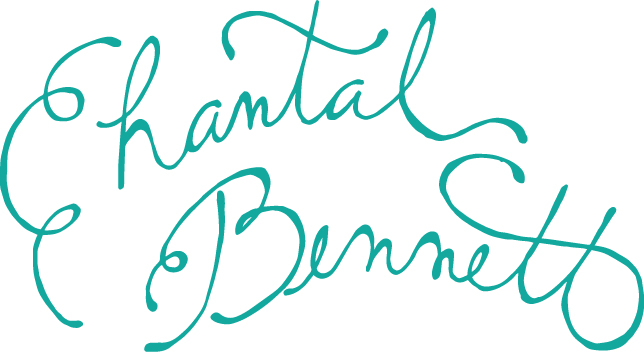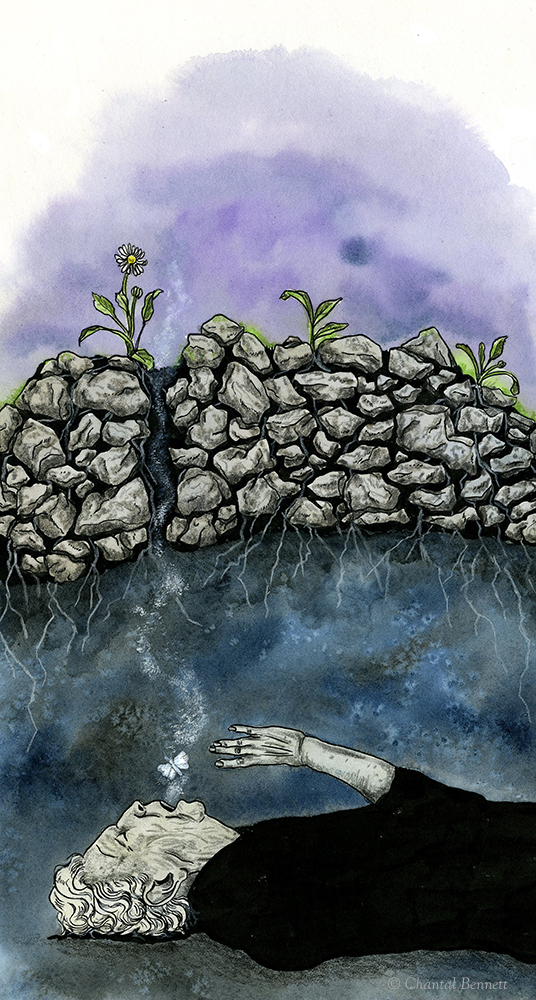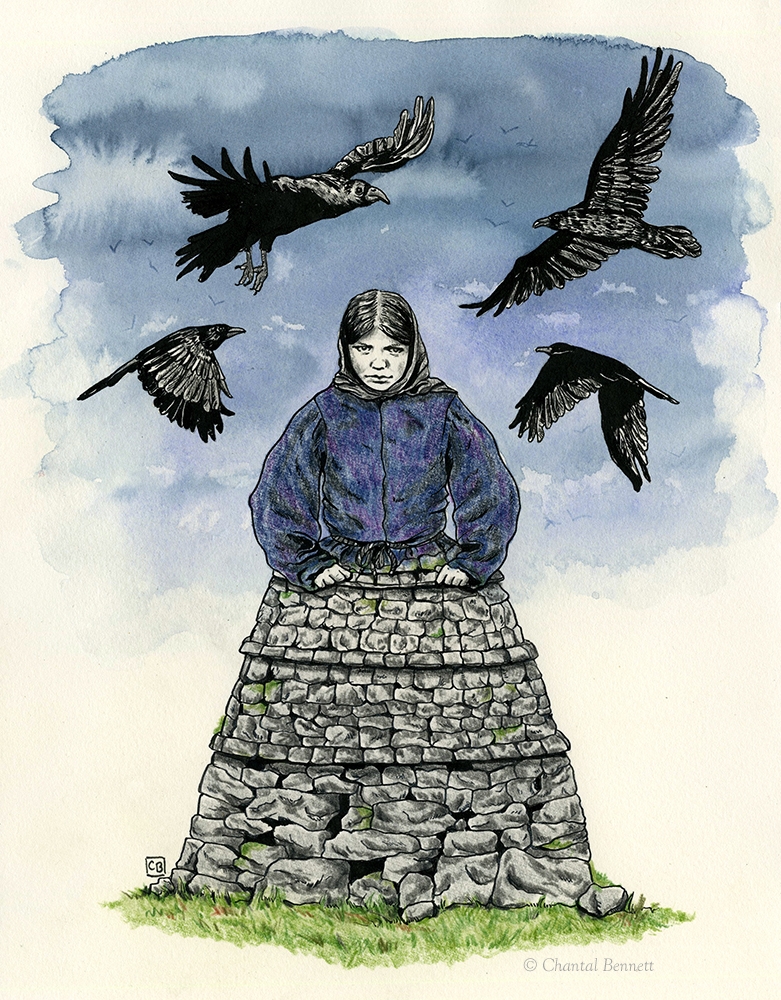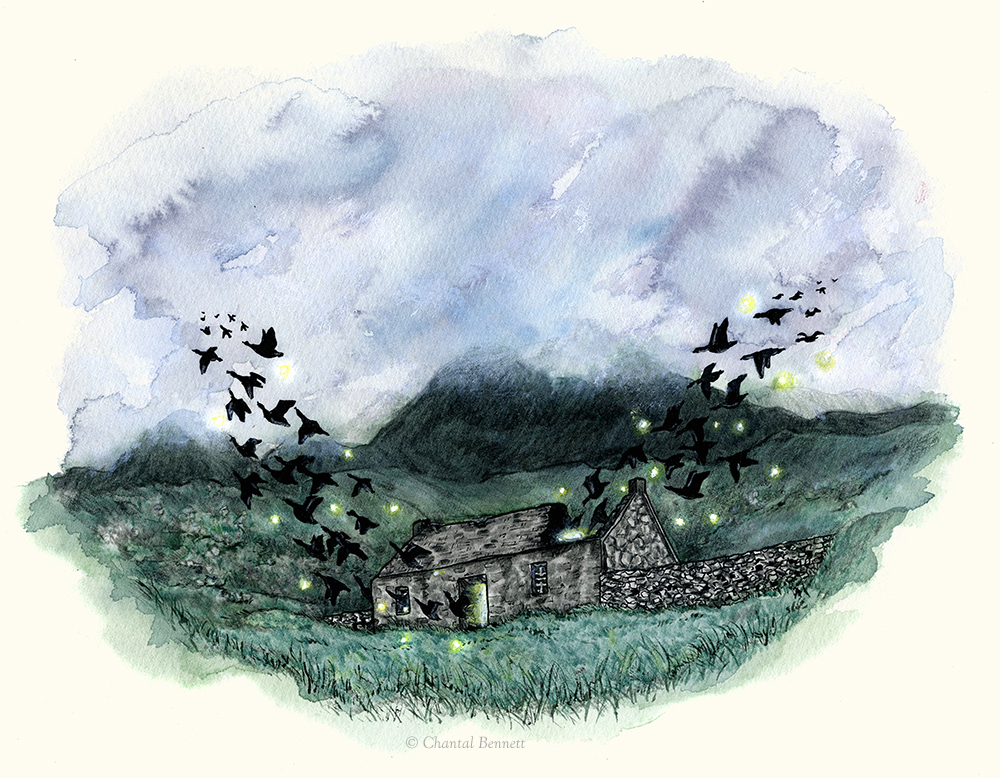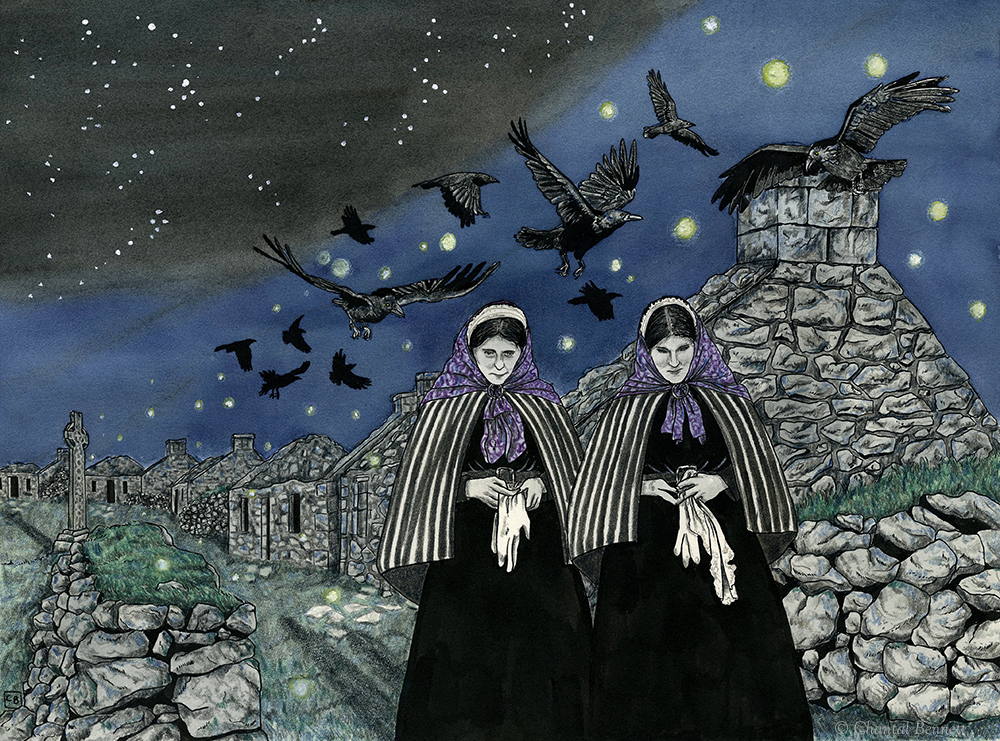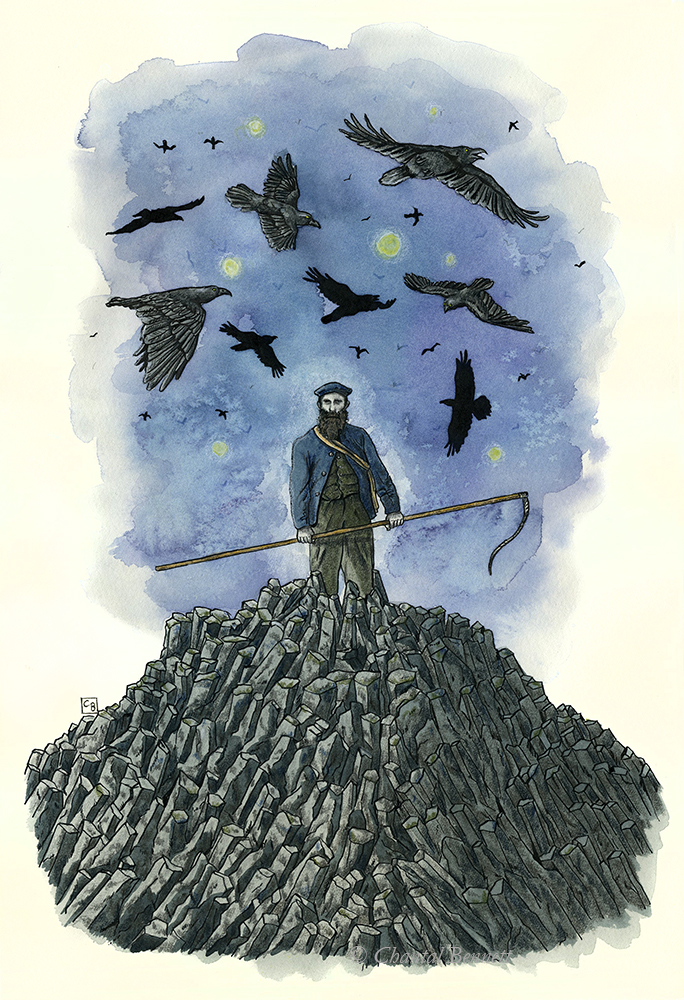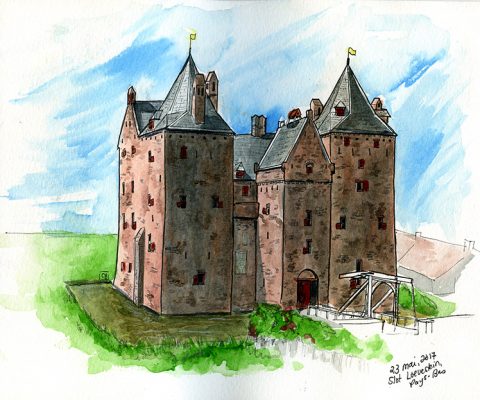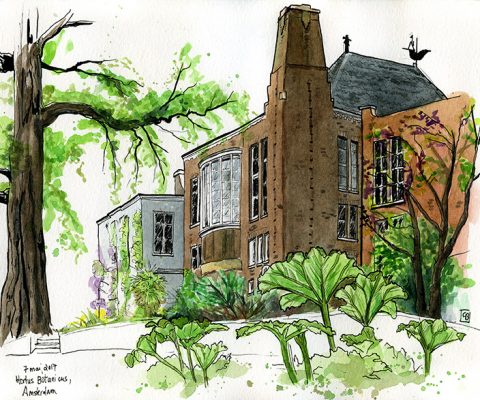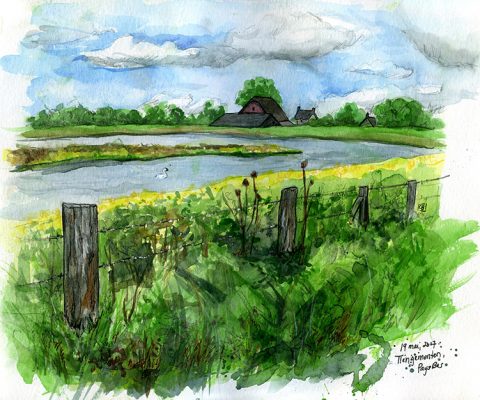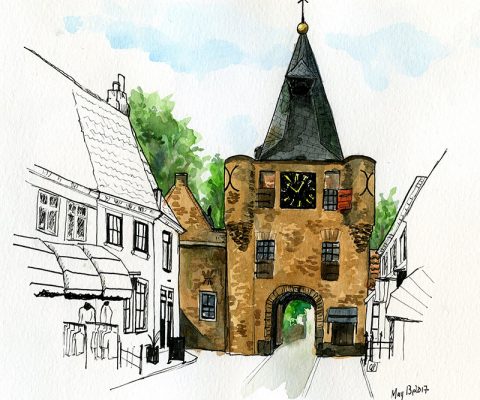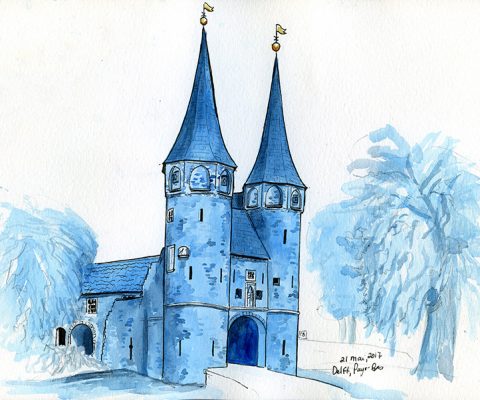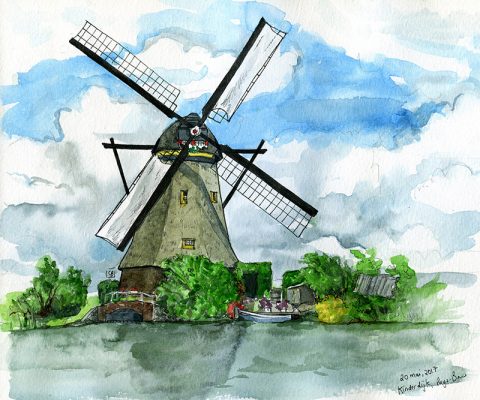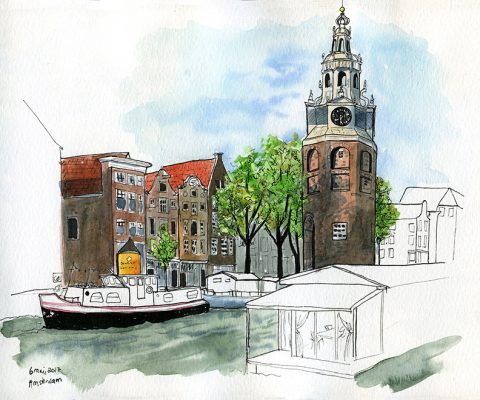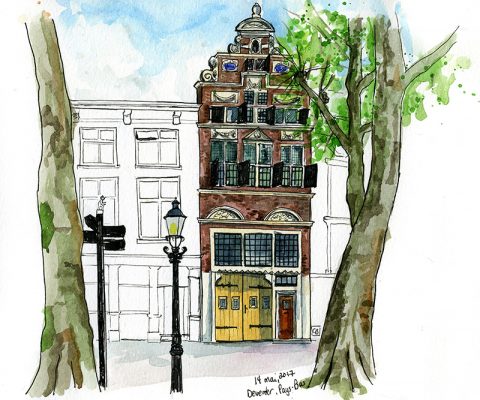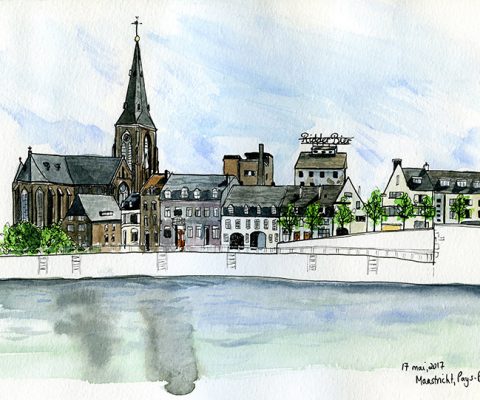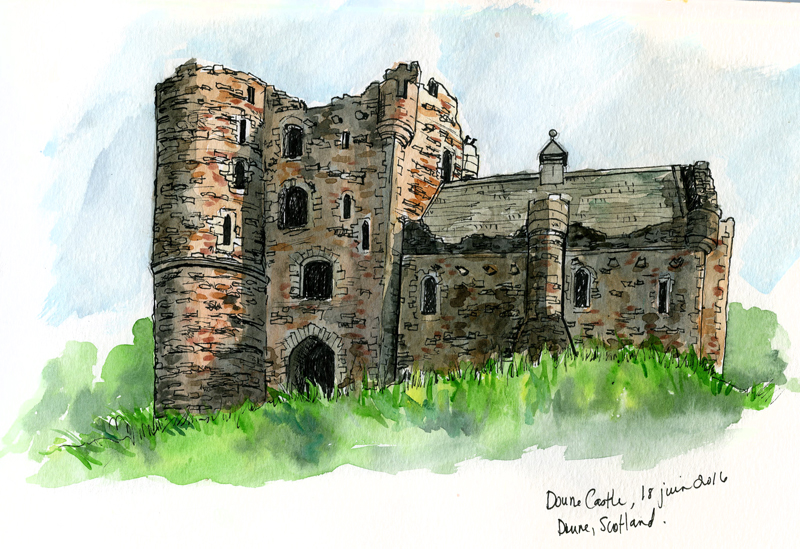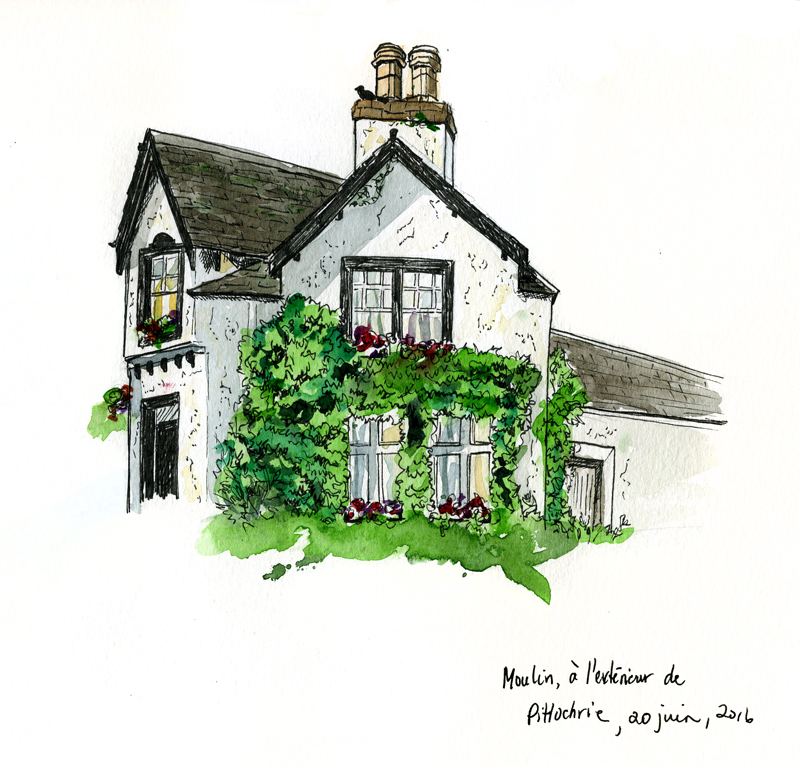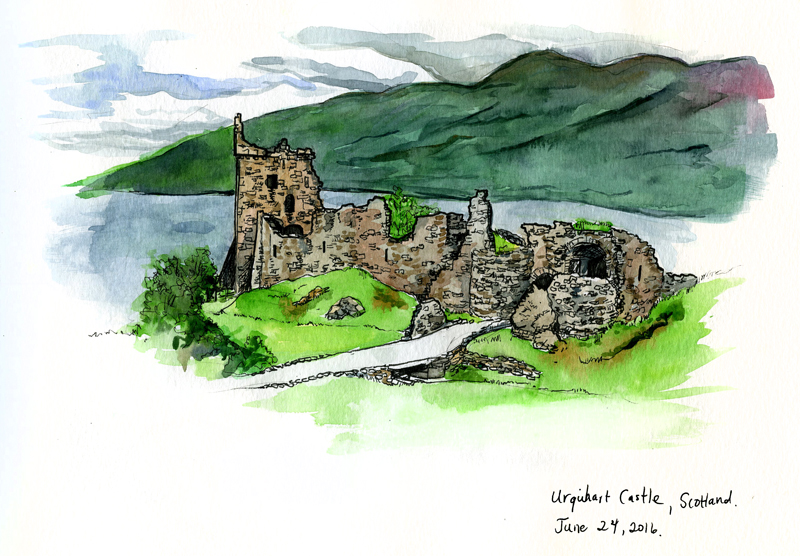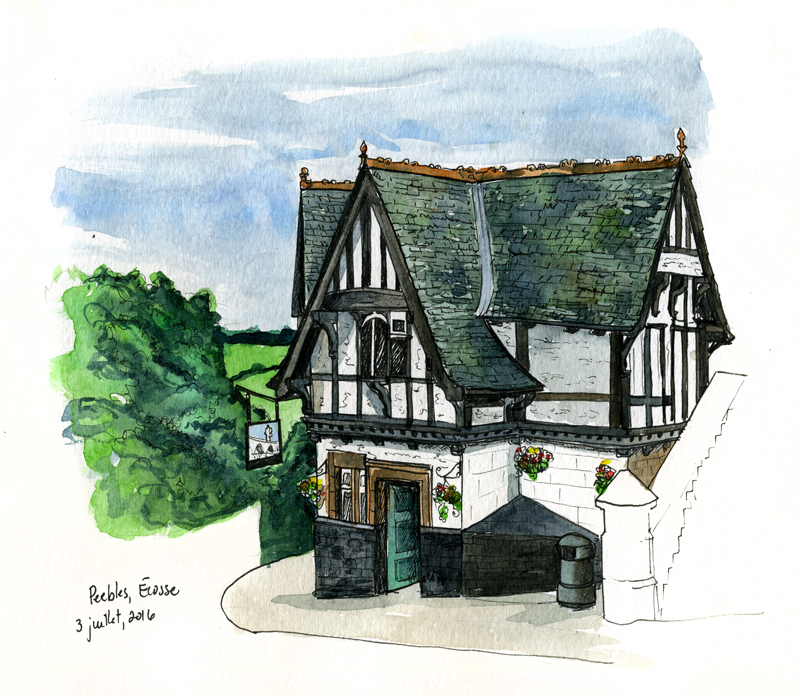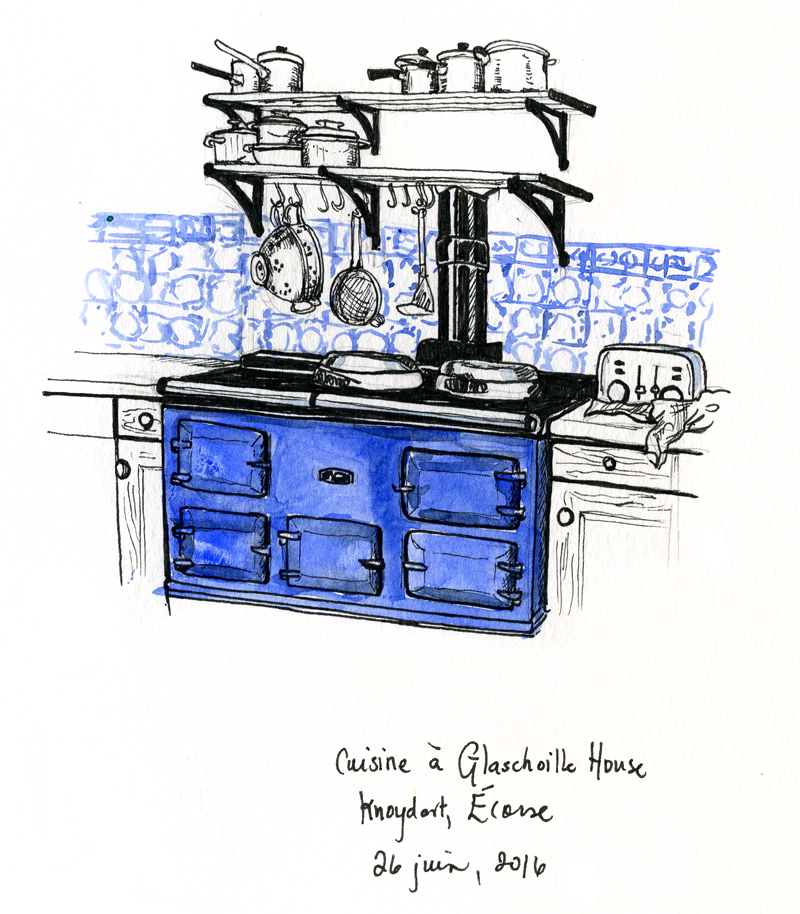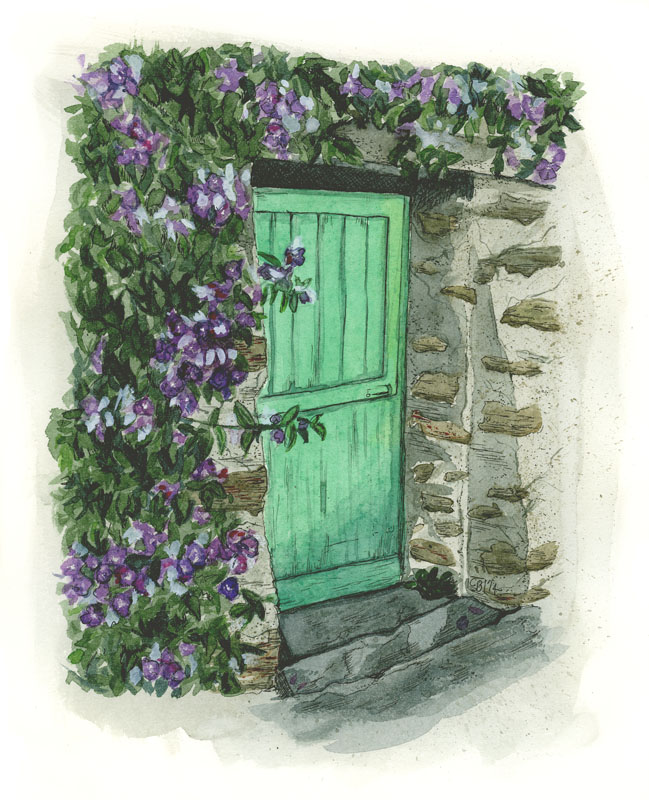Timelapse video
I’ve been wanting to make a timelapse video for years…but it’s always been complicated; first to film with a decent video camera, then find the editing software that will accelerate the frame speed, teach myself film editing, etc. And then the iPhone 6s came along with timelapse built-in! And the app for iMovie is free. How simple it now is! It condensed a two-hour process into 1:37 minutes. Technology is crazy amazing sometimes.
I thought it would be fun to film myself drawing one of my Victorian Ladies. All my illustrations are basically a five-step process: pencil, ink, watercolour and finally pencil crayon with gouache accents. Hopefully you get a sense of that from this video.
music credit: The Cello Song by The Piano Guys
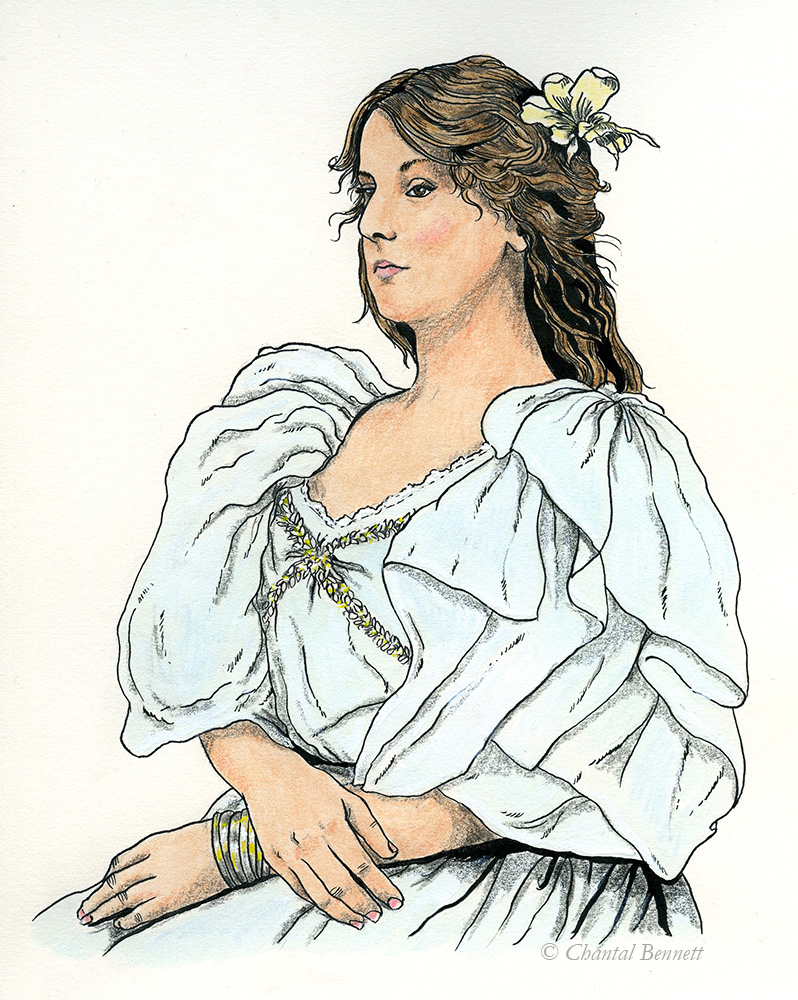
Final illustration
